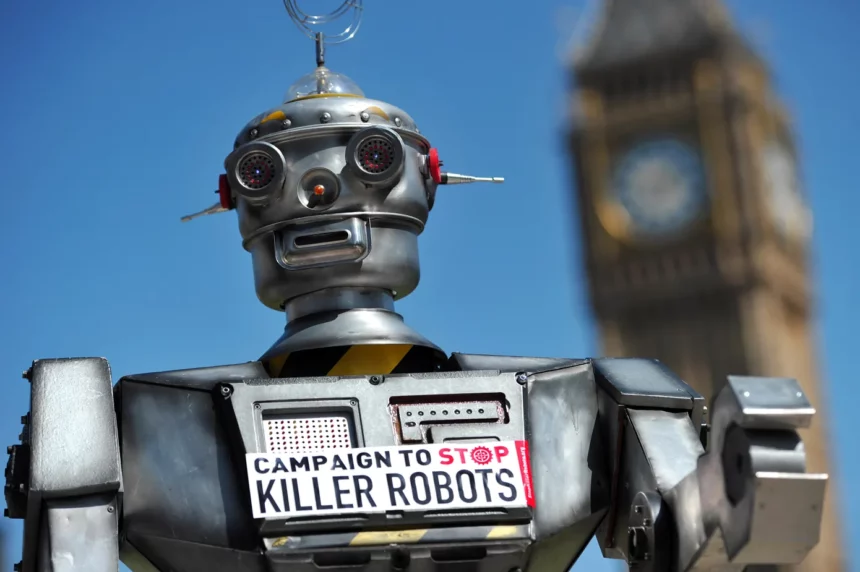The integration of drones into various sectors, including law enforcement and healthcare, is expected to become more pronounced by the end of this decade. Initiatives are underway that may see drones being utilized as couriers within the next two years, significantly altering the delivery landscape.
Furthermore, the advent of autonomous aerial taxis is anticipated by 2030, promising a new era in urban mobility. Already, drones have proven their worth in enhancing police operations, as evidenced by their successful deployment by police forces to address violent crimes and disturbances more efficiently than traditional methods.
In a notable instance, drone technology facilitated the identification of suspects, showcasing the potential for drones to augment ground operations significantly.

Healthcare is another sector poised to benefit from drone technology. In an innovative move to improve emergency medical response, drones are being tested for their ability to deliver defibrillators to cardiac arrest victims swiftly, a concept that has shown promise in trials and real-world applications abroad.
The national transport authority has laid out a comprehensive plan to accommodate the integration of these advanced technologies. This Future of Flight Action Plan aims to revise current regulations that limit drone operations to the visual line of sight and will adapt infrastructure at smaller airports to support drone takeoff and landing.
A government official responsible for aviation and technology emphasized the nation’s commitment to leading in this transformative shift in transport, highlighting the potential benefits for societal well-being and economic growth.
The national aviation regulator has echoed this sentiment, suggesting that the industry is on the verge of a significant transformation, with drone technology expected to contribute significantly to the economy by 2030.





